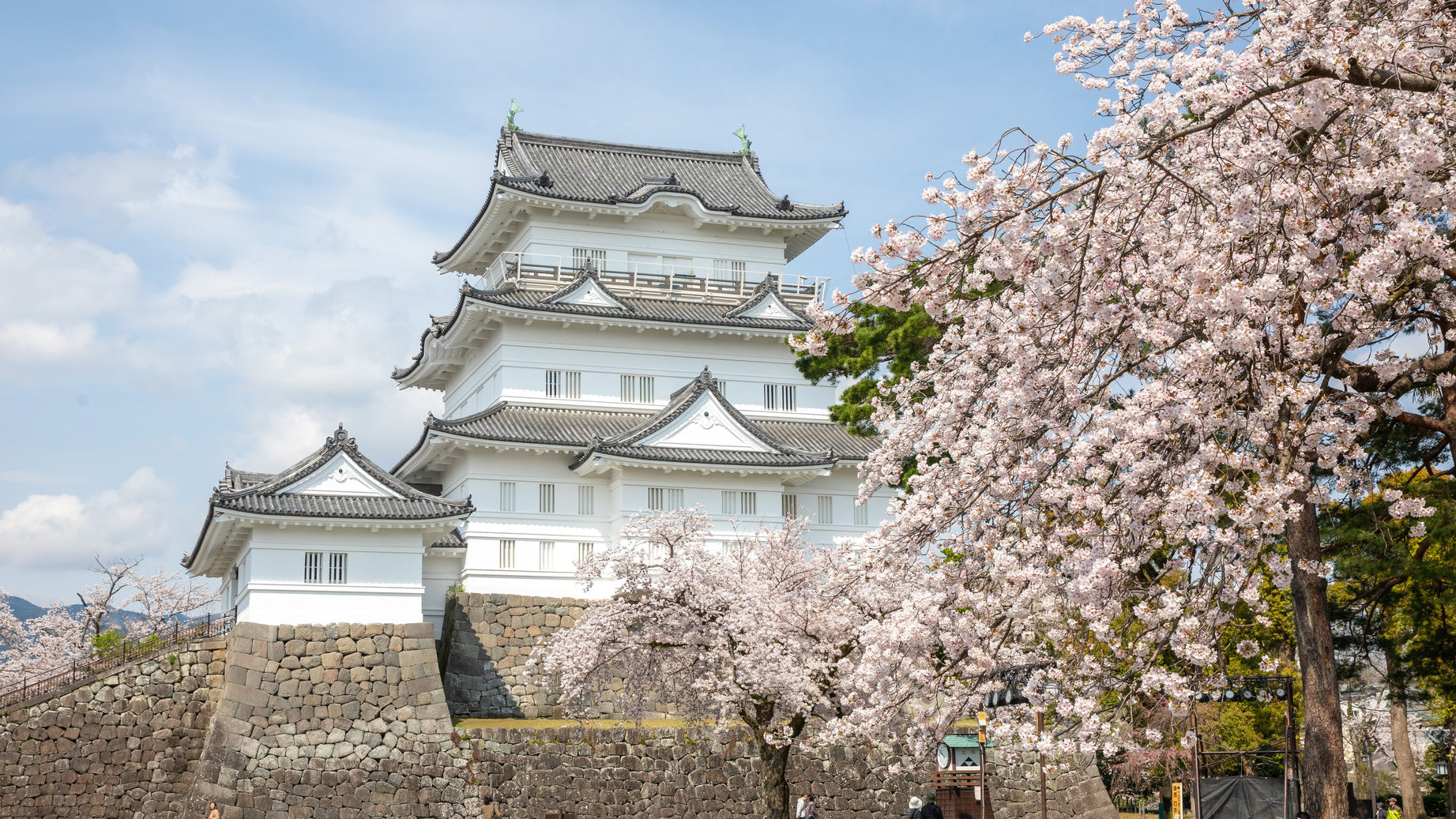
A Perfect Spring Day Trip to Odawara Castle
Written by Team MUSUBI
During cherry blossom season, it’s only natural to feel the urge to explore scenic spots across Japan. But for those who may not have many chances to visit the country, there’s often a deeper wish to see landscapes that truly capture the spirit of Japan. That’s why Team Musubi took a spring day trip to Odawara Castle—a place where the timeless elegance of a Japanese castle meets the fleeting beauty of cherry blossoms in breathtaking harmony.
In this article, we’ll share our journey through Odawara Castle Park in springtime and show why it offers one of the most quintessentially Japanese hanami experiences you can find.

Table of contents
History of Odawara & Odawara Castle
For our spring outing, Team Musubi visited the city of Odawara, located in the western part of Kanagawa Prefecture in the southwest corner of the Kanto region. It’s just a 30-minute ride from Tokyo Station on the bullet train, making it a perfect day trip destination. The area is also close to popular hot spring resorts like Hakone and Yugawara, offering options for both short getaways and longer stays.
Odawara is a city rich in history. It flourished as a castle town during the Warring States period and later became a busy post town along the Tokaido road in the Edo period (1603-1868 CE). Facing Sagami Bay, the city is also known for its fresh seafood, dried fish, and kamaboko “fish cakes”—a paradise for food lovers and history buffs alike.
One of Odawara’s most iconic landmarks is Odawara Castle, located just a 10-minute walk from Odawara Station. Thanks to its easy access, it draws visitors from both within Japan and abroad.
Odawara Castle was the seat of the Hojo clan, who ruled over much of the Kanto region during the 16th century. Under their leadership, the castle expanded and became one of the largest medieval fortresses in Japan. To defend against Toyotomi Hideyoshi (1537–1598 CE)’s invasion, the Hojo clan constructed massive outer fortifications known as the Sōgamae, which surrounded the entire town.

The current castle keep is a reconstructed version, rebuilt in 1960 based on historical records and drawings. While it is not one of Japan’s twelve genzon tenshu (original surviving keeps), it is classified as a fukko tenshu, a reconstructed keep built on its original site. There are only thirteen such reconstructed keeps across Japan. Since Tokyo has no remaining castle keeps, Odawara Castle offers a rare chance to see an authentic-style Japanese fortress close to the capital.
Odawara Castle Park
As we made our way through the bustling shopping street in front of Odawara Station, we soon arrived at Odawara Castle Park. A moat runs alongside the cherry tree–lined path, and a striking red bridge crossing it immediately caught our eye.


Despite the chilly drizzle that had persisted since morning, the park gradually filled with visitors, umbrellas in hand, who had come to enjoy the blossoms. It felt unmistakably like spring in Japan. There’s something about cherry blossoms that invites people to step outside. For a short moment each year, they transform familiar places into scenes of fleeting beauty, and that magic is what draws people to famous hanami spots like this one.

As we walked further into the park, we came upon Tokiwagi Gate—the main and most fortified entrance of Odawara Castle, standing directly in front of the inner citadel, or honmaru. Passing through the gate, we were greeted by a row of Oshima-zakura trees in full bloom.

These cherry trees are a native wild species found in Japan, quite different from the more commonly seen Somei Yoshino. Instead of pale pink petals, Oshima-zakura bloom in pure white. Interestingly, their leaves—when pickled in salt—are traditionally used to wrap sakura mochi, a seasonal Japanese sweet.
In the honmaru, the central bailey of the castle, we found a cheerful hanami scene unfolding. Food trucks lined the area, and in one corner, guests could enjoy their snacks around kotatsu tables—low, heated tables enclosed by plastic tents.
In Japan, there’s a saying: “Hana yori dango”—literally, “Dumplings over flowers.” In English, perhaps the closest equivalent would be “Bread is better than the songs of birds.” The meaning is simple: sometimes practical pleasures, like good food, win out over aesthetic ones. And it couldn’t be more true during hanami. Food and beautiful blossoms go hand in hand here.
As we continued on, we finally caught sight of Odawara Castle itself. Looking up, the view of the castle keep framed by blooming cherry branches was breathtaking. Even under overcast skies, the scene lost none of its charm.


Cherry blossoms and Japanese castles are a perfect match, but surprisingly, most of the cherry trees around castles were planted after the Meiji era (1868–1912 CE). When Japan abolished many feudal domains in 1873, countless castles were dismantled and their grounds repurposed. As former castle sites were turned into public parks, cherry trees were often planted, symbolizing a new chapter in the life of these historic places.
In that sense, the cherry blossoms remind us not only of the delights of spring, but also of the passage of time—and the transformation of these once-mighty fortresses into spaces for peaceful reflection and seasonal celebration.
Honmaru Chaya

As we continued our stroll through the castle grounds, our appetites began to grow, so we headed to Honmaru Chaya, a small eatery located within the park. The tea house offers a variety of local specialties and popular sweets, perfect for a mid-walk break.
We ordered a selection of dishes: kamaboko (steamed fish cake), a local favorite of Odawara; dashimaki tamago (Japanese-style rolled omelet), which came highly recommended; my personal favorite, cream anmitsu (a traditional dessert with jelly, red bean paste, and ice cream); and our photographer, Isaka-san, chose a warm cup of amazake—a sweet fermented rice drink—on what was a rather chilly day.

The kamaboko was served with wasabi-zuke, another local delicacy made from chopped wasabi stems and sake lees. I had never tried this combination before, but it was so delicious that I ended up buying both on the way home. The dashimaki tamago was rich with the deep umami flavor of dashi—comforting and full of depth.

The cream anmitsu came chilled and sweet, paired with a warm cup of roasted green tea and a small side of pickles. That balance of sweet, salty, and warm made for a perfect combination.

Isaka-san seemed content sipping his amazake, its gentle, soothing taste offering a moment of calm.

Right next to the café, a food truck was grilling dango, or sweet rice dumplings. “Hana yori dango,” indeed! We were already quite full, but the opportunity to eat freshly grilled dango was too tempting to pass up. We ordered the walnut miso dango, and it turned out to be a highlight of the day.


The vendor explained that grilling dango evenly takes some skill. Thanks to their careful attention, the outside was perfectly crisp while the inside remained warm and fluffy. The sweet-and-savory walnut miso glaze was absolutely delicious. Moments like this make you realize that hanami really is the best.
Tokiwagi Gate SAMURAI Museum

Our final stop was the Tokiwagi Gate SAMURAI Museum, a small but fascinating exhibit featuring samurai gear—from helmets and armor of the Muromachi period (1336–1573 CE) to swords from the Edo period.
Though compact in size, the exhibit offers English translations alongside each display, explaining the names, features, and cultural significance of each item. These pieces are more than just weapons or armor, they are exquisite works of craftsmanship, once regarded as symbols of authority and objects of spiritual significance.



You can clearly see the artistry in each part: forged iron, intricate metalwork, lacquer techniques, dyed fabrics, and decorative cords, all of which reflect traditional skills that are still practiced in different forms today.
As we walked through the displays, it reminded us of a visit our company president once made to a swordsmith—a story shared in one of our previous blog posts. Even if these artifacts cannot be recreated exactly as they once were, the spirit of Japanese aesthetics and craftsmanship continues to live on.
Odawara Castle Park has much more to offer beyond its historic buildings and cherry blossoms. There are thoughtful touches throughout the grounds that make the experience enjoyable for visitors of all ages, from trying on samurai armor and throwing shuriken (ninja throwing stars) to visiting the Odawara Castle History Museum "Ninja-kan." It’s a place that welcomes not just history lovers, but families as well.
On our way back, we turned to look at the castle from a different angle. Surrounded by vivid greenery and pale pink Somei Yoshino blossoms, it stood quietly beneath the cloudy sky. Even without sunshine, the scene was beautiful—soft and fleeting. It made us realize that hanami on a chilly day has its own quiet charm.

As I write this, the cherry blossom season is already drawing to a close. It’s only been two weeks since our visit, but it already feels like a distant memory. And maybe that’s what makes it so special. The blossoms never stay long, but they leave behind a sense of longing that gently carries us into the next season.
Odawara Castle Park
6-1, Odawara City, Kanagawa



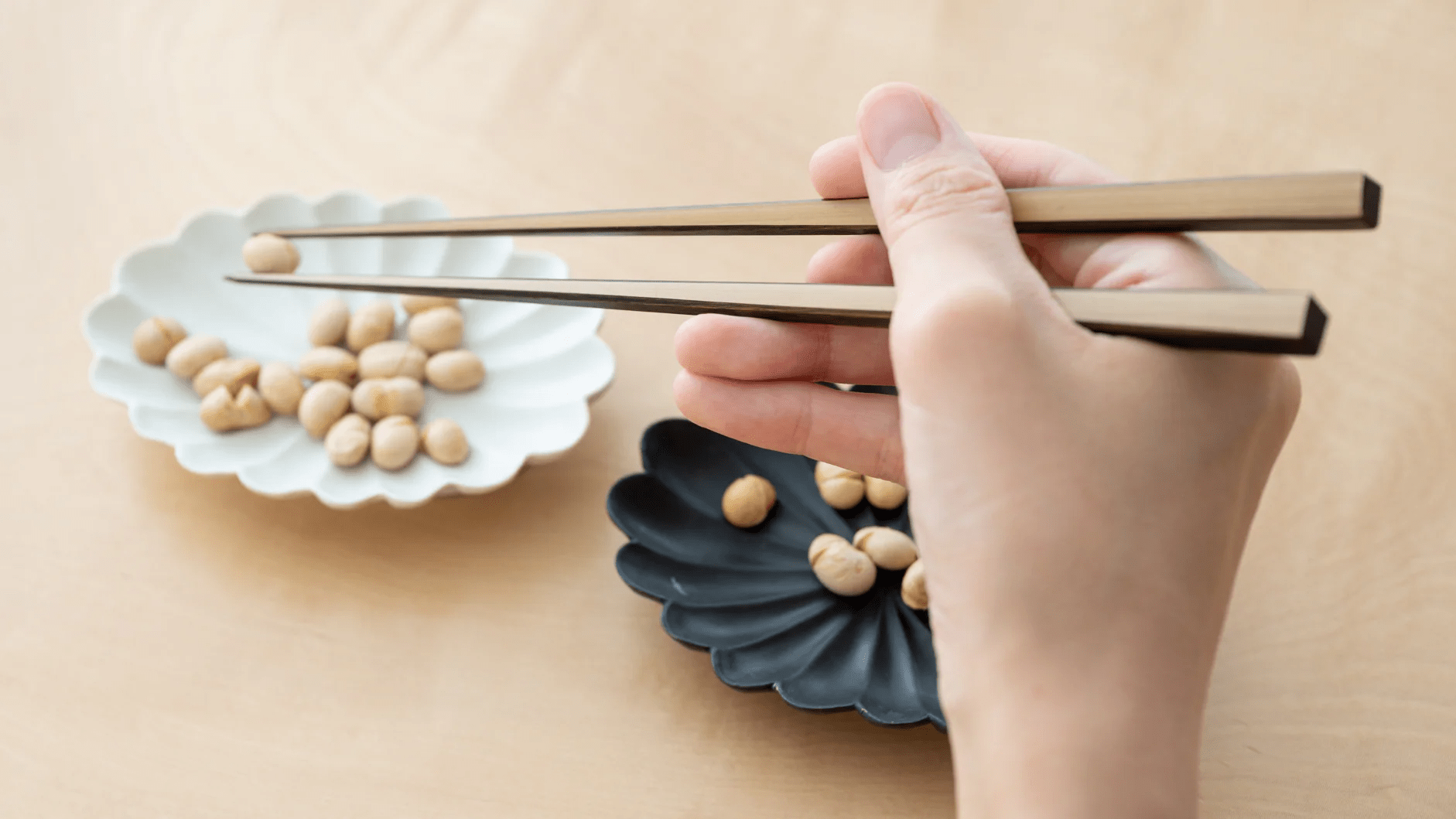
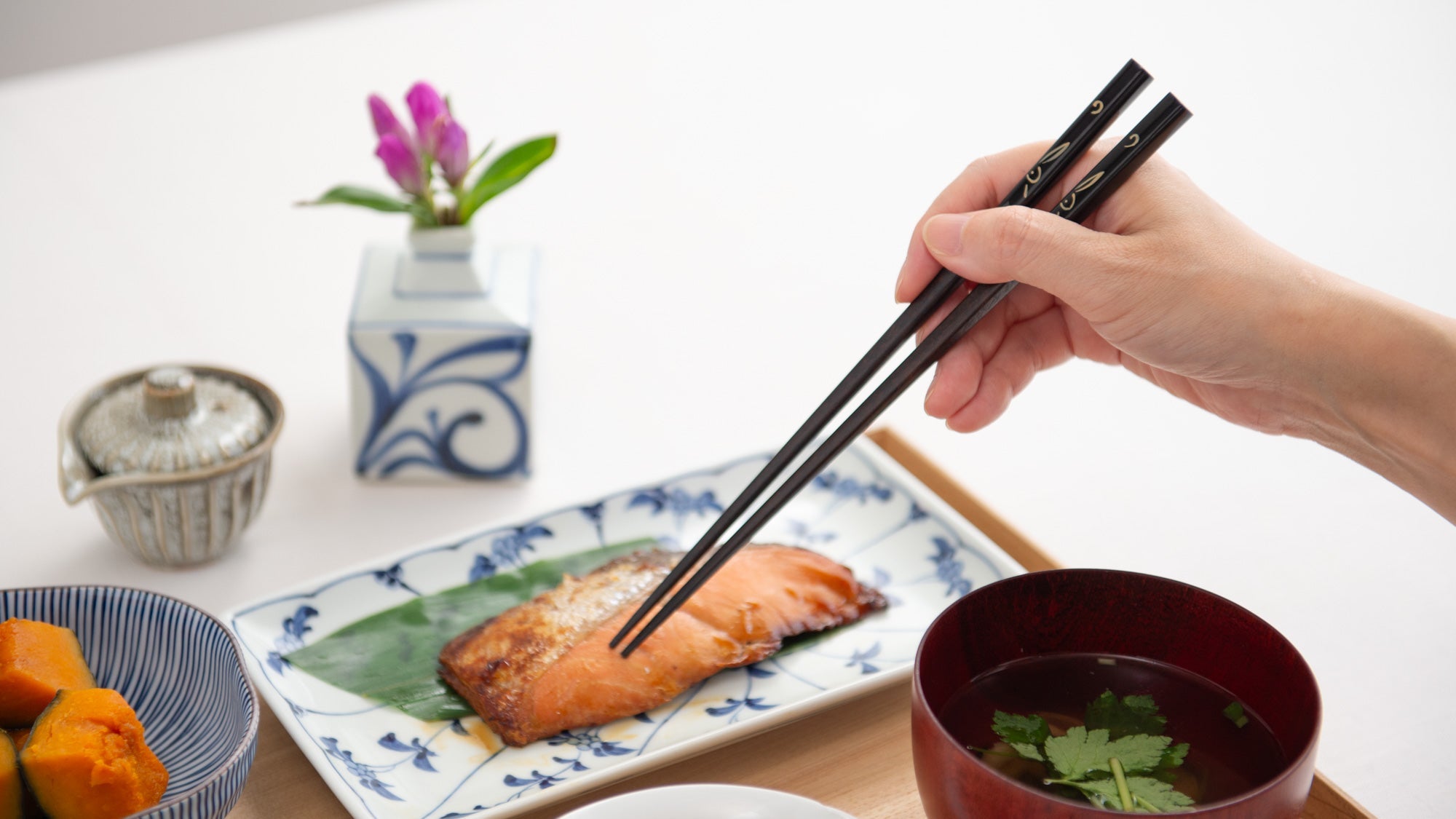
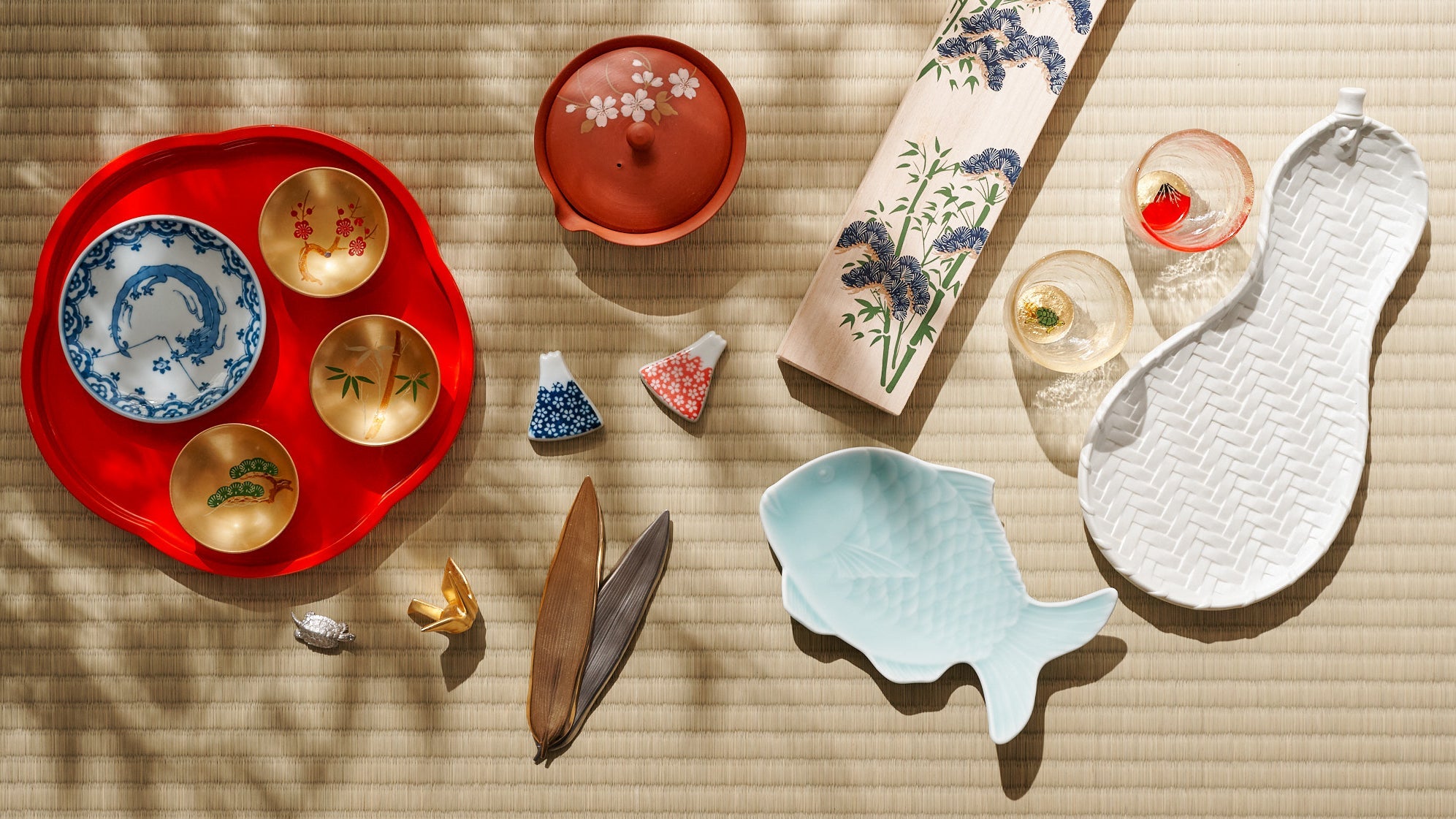
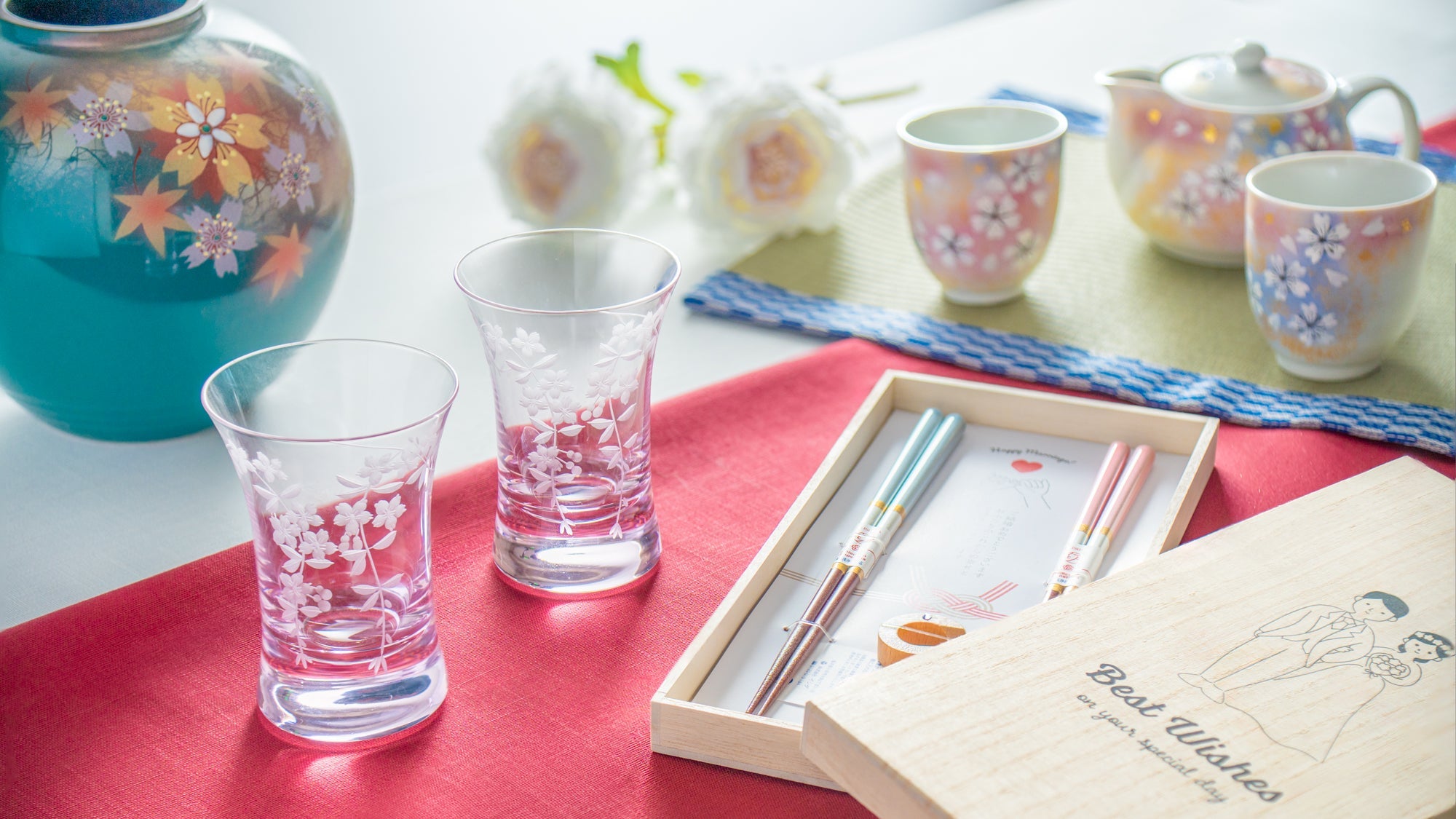
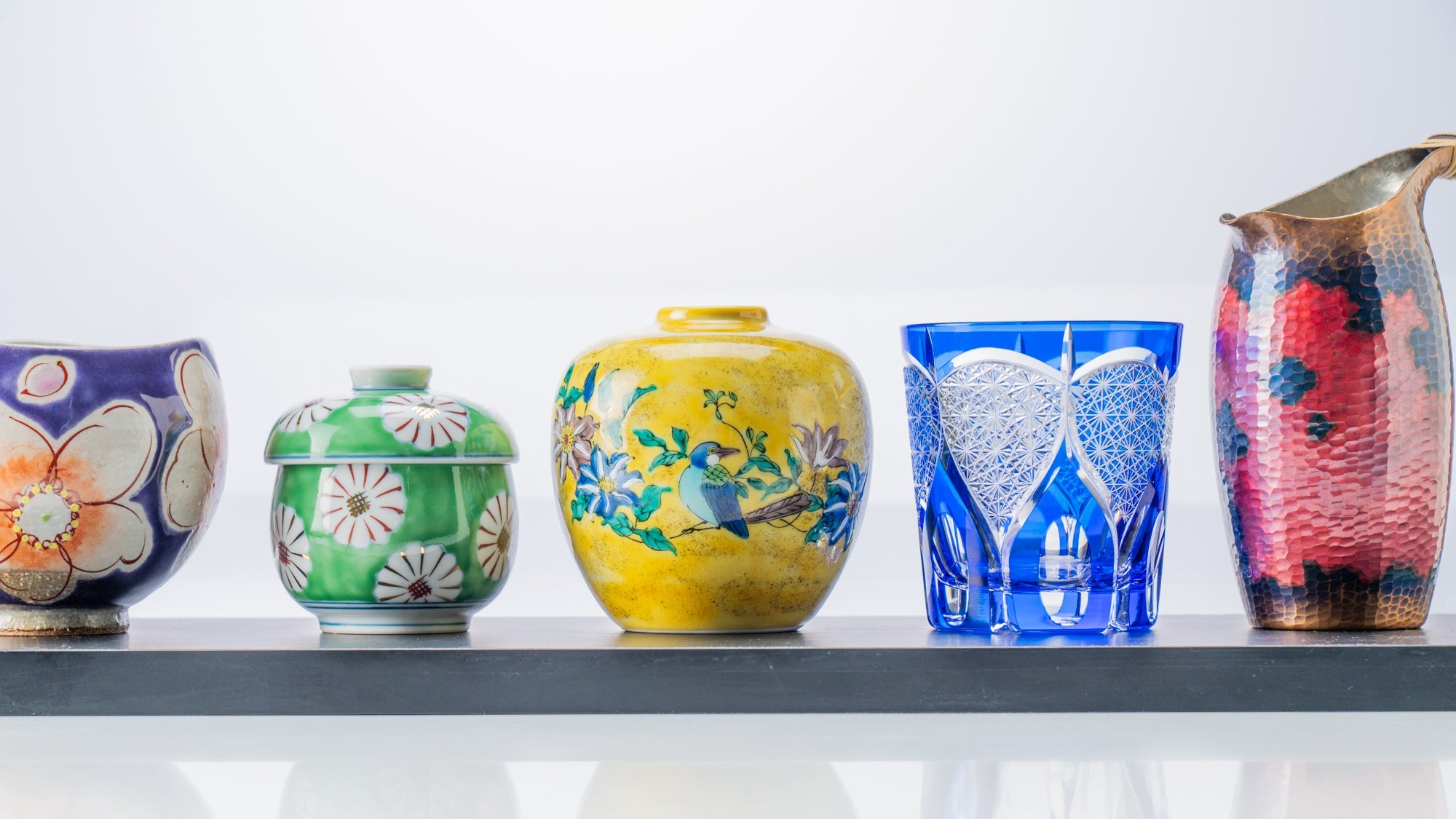

Leave a comment
This site is protected by hCaptcha and the hCaptcha Privacy Policy and Terms of Service apply.